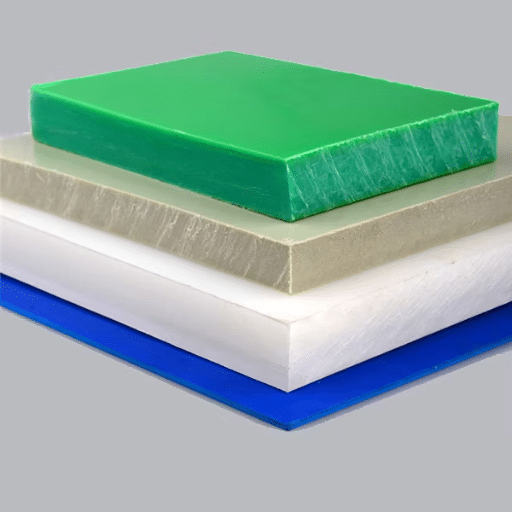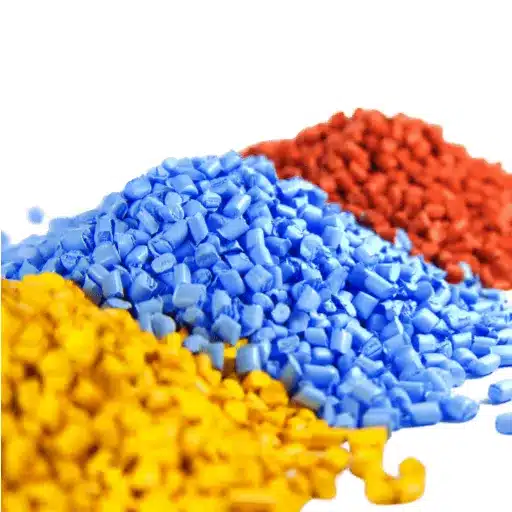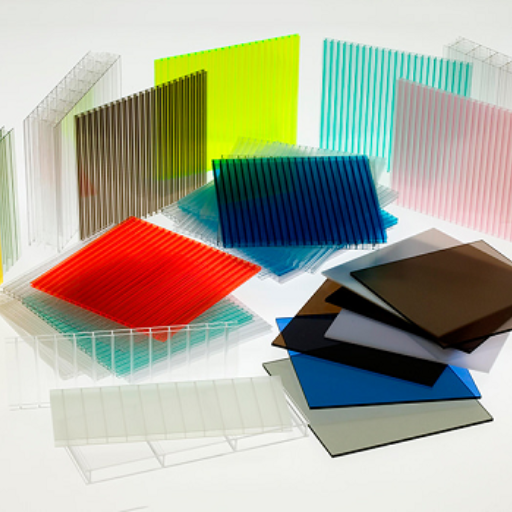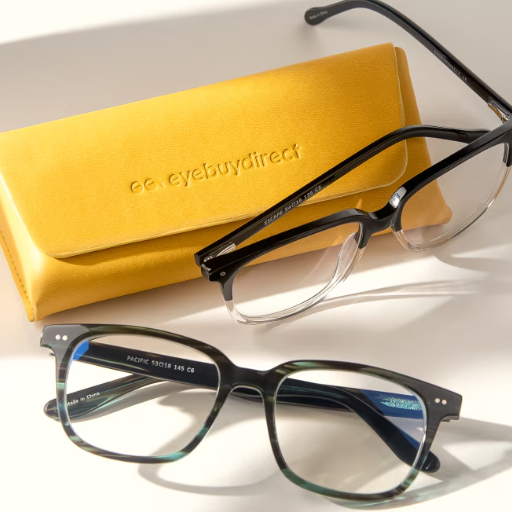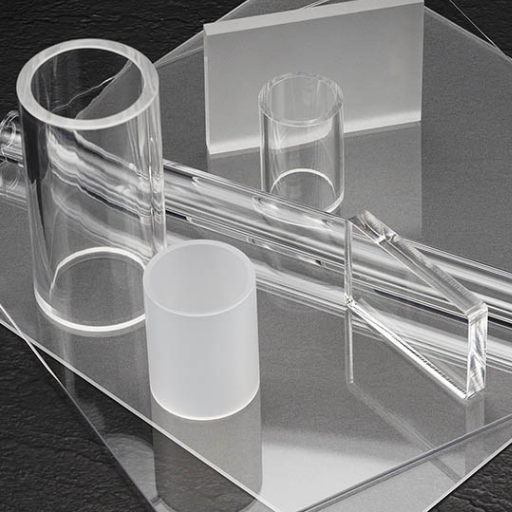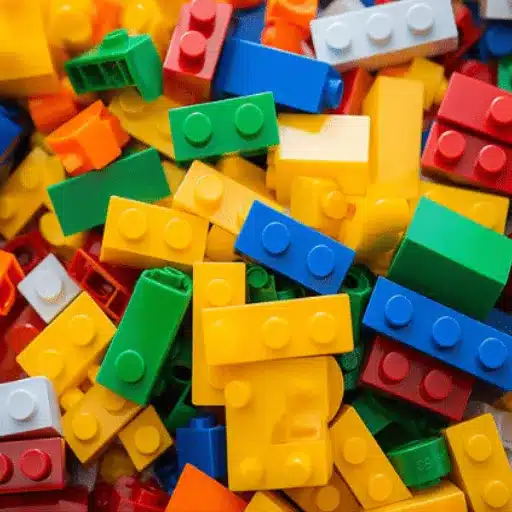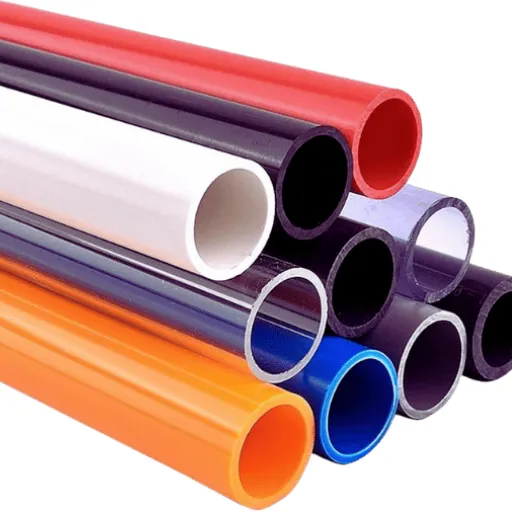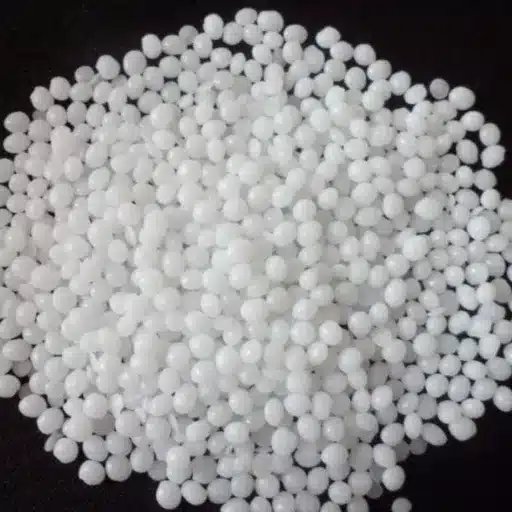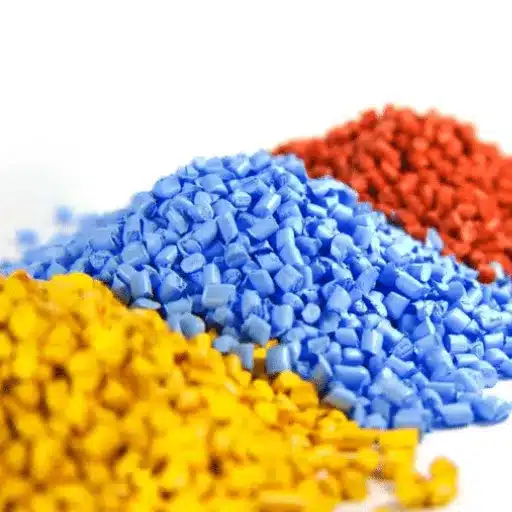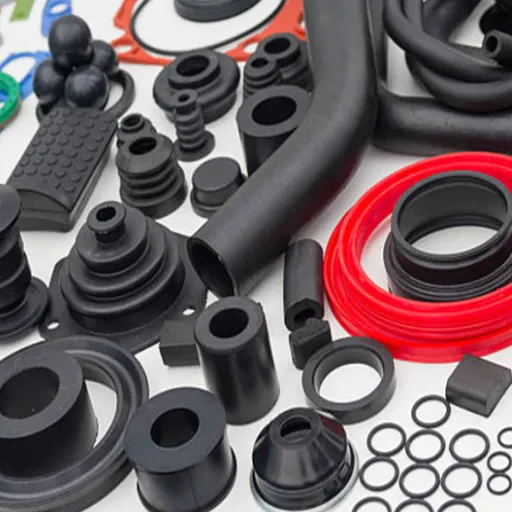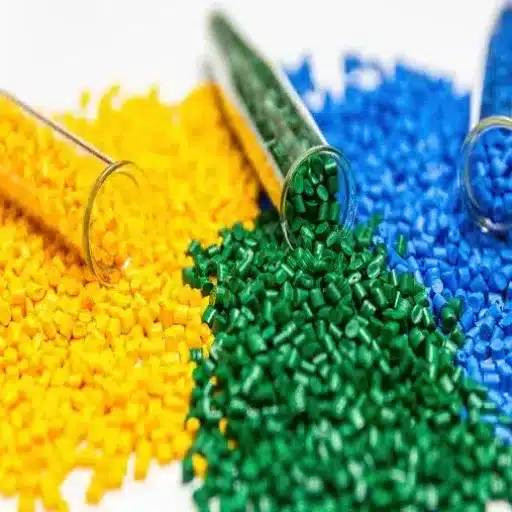The creation, prototyping, and designing processes were a lot more difficult and usually only done by experts, but now with 3D printing, those processes have been made accessible to the general public. The filament material is one of the numerous aspects of this revolution that really matter because it directly affects the quality and durability of the printed objects and their suitability for a given purpose. The most common filament options include ABS plastic and PLA, each having its own characteristics, pros, and cons. This guide goes through the very fundamental differences between ABS and PLA to aid you in choosing what is best for your projects with regard to mechanical strength, ease of printing, or environmental concerns.
Introduction to ABS and PLA
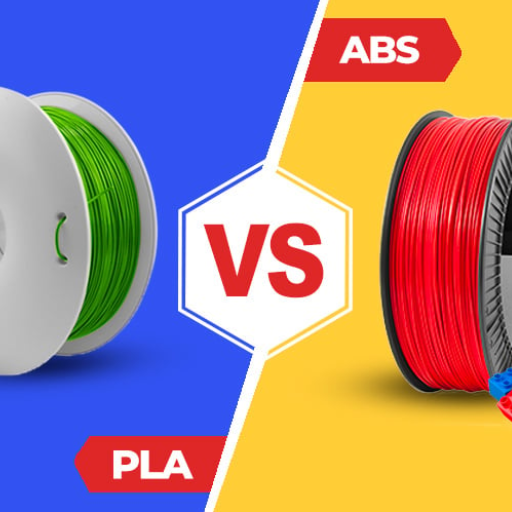
ABS or Acrylonitrile Butadiene Styrene is a high-impact thermoplastic and is very strong and durable. It has strong application and temperature resistance qualities, suitable for manufacture of automotive parts and tooling as well as toys. Fumes are emitted when ABS is printed, hence it requires a heated bed and ventilation. Its ability to easily warp when cooled unevenly can be difficult for a beginner.
PLA (Polylactic Acid): PLA is biodegradable and is a plant-based plastic; it is easy to print with and emits minimal odor. In terms of aesthetic projects and prototypes, it is considered the better one since it offers smoother finishes. PLA is less heat-resistant than ABS and is more brittle, so it can’t be used for functional or high-stress operations. It has become the favorite for newbies because of its easier printing.
Each material offers an advantage to making a choice depending on the kind of activities or products that require such a future, the less durable but easy-to-print one, or the durable, though a relatively hard one to print, with an option for the environment at stake.
Overview of ABS Filament
Acrylonitrile Butadiene Styrene, or ABS thermoplastic, evolved into one with universal uses, owing to its greater durability, impact resistance, and thermal stability. These characteristics make ABS suitable for demanding environments in which utmost durability is required, such as in automotive parts, electronic housings, and functional prototype development. ABS has a somewhat higher melting point; thus, it can withstand greater temperatures and is more heat resistant when compared to PLA.
While ABS represents a good choice from the point of view of engineering analysis, its use in 3D printing presents a few considerations. ABS prints require heated print beds whose temperature can range roughly from 90°C to 110°C and need fairly controlled ambient temperatures to lessen problems with warping and layer adhesion. Also, fumes are given off during the printing of ABS that demand either proper ventilation or an enclosed 3D printing environment for safety and improved print quality.
Another feature that distinguishes these normal features is the versatility of ABS during post-processing. The materials can be easily sanded, drilled, or chemically smoothed using acetone to achieve various levels of professional finishes. Such flexibility lends itself as the best choice in applications requiring a fine finish or precision modification. While printing with ABS comes with a few more challenges than with PLA, its exceptional strength offers more than enough reason for undertaking such printing experiments where projects demand more physical strength and durability.
Overview of PLA Filament
Polylactic Acid (PLA) is one of the most common 3D printing materials favored because of its simple printing properties, its environmental advantage, and its superior print quality. PLA material is made out of renewable resources such as cornstarch or sugarcane and is biodegradable in an industrial composting facility, making it the green choice for environmentally friendly applications. Relative low extrusion temperatures, on the order of 190°C to 220°C, result in a highly minimized warping effect typical of PLA printing; detail-rich prints can be produced consistently without a heated bed.
The mechanical properties of PLA include a medium tensile strength, with rigidity enough to be suitable for prototypes and decorative sculptures and nonstructural components. PLA, however, is less resistant to impact and more heat tolerant than ABS; it compensates for these mechanical properties by providing a much smoother surface finish and great accuracy in details. Also, various blends and colors are commercialized with PLA, including some specialty formulary blends that offer additional mechanical properties such as enhanced resistance, flexibility, and aesthetic effects such as metallic or illuminating options.
Best Use Cases for ABS and PLA
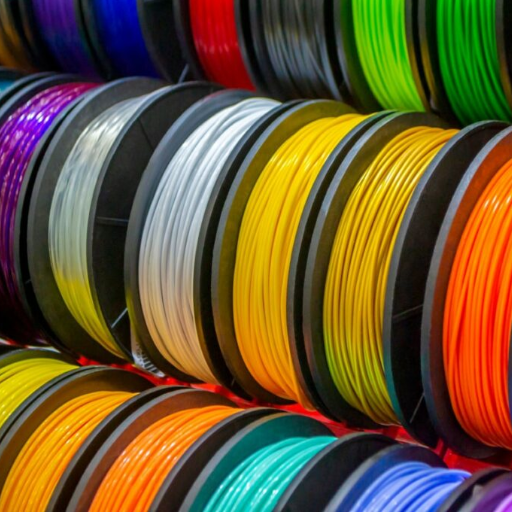
ABS, on the other hand, finds applications requiring strength, durability, and heat resistance, such as functional prototyping, automotive parts, tool housings, and objects exposed to mechanical stresses and/or higher temperatures.
As for PLA, projects that allow almost effortless printing, etc., come first, followed by decorations, design works, and low-stress models where biodegradability comes in handy.
Industrial Applications for ABS
- Automotive Industry: ABS is widely used in automotive applications such as dashboards, interior trims, pillar covers, and mirror housings. It ensures high impact resistance during the product’s life while the material allows complex designs to be easily molded. Around 15%-20% of a car’s weight consists of plastic components, with ABS having a considerable share in the plastic.
- Consumer Electronics: ABS is a material of choice for housing electronics, including television frames, computer monitors, and printer casings. The material resists wear and protects the inner components from heat. It is also suitable to be electroplated for decorative finishes on the devices.
- Appliances: ABS is widely employed in domestic appliances on account of its very high resistance to temperature. ABS is used as housing for blenders, parts for vacuum cleaners, and liners for refrigerators. Added to the ease of cleaning is greater value for use in daily appliances.
- Construction Industry: Thanks to its strength and resistance to corrosive substances, it finds application in the construction industry for manufacturing pipes, fitting, and plumbing components. Uses extend into construction where lightweight protective panels and molded parts are required.
- Medical Devices: Many non-implantable medical devices are manufactured in ABS, including device housings, trays, and casings for diagnostic tools. Biocompatibility, sterilization, and resistance to the likes of chemicals and disinfectants make ABS an advantage in medical applications.
Eco-Friendly Projects Using PLA
- 3D Printing and Prototyping: Due to its ease of use, minimal warping, and low printing-temperature requirements, PLA is a primary material for 3D printing, allowing the creation of prototypes, models, and tools while keeping with green practices. PLA is widely favored in different industries, such as automobile and consumer goods, for the prototyping process because it reduces environmental impact.
- Packaging Solutions: Packaging materials made from PLA, such as food containers, cups, and wraps, are quickly replacing traditional petroleum-based plastics. These materials degrade under industrial composting conditions, lessening landfill disposal and polluting processes.
- Textiles and Fabrics: PLA is a brighter option for textile industries to generate fibers, fabrics, and nonwoven materials. Its application in clothing, upholstery, and disposable sanitary products counteracts the use of synthetic materials that are holding the world hostage in microplastic pollution.
- Agricultural Mulch Films: PLA is deployed in the production of biodegradable mulch films for agriculture that aid in keeping moisture in soils and suppressing weeds, whereas the films dissolve naturally and, consequently, do not require removal and disposal, cutting costs incurred in labor and waste management.
- Medical Applications: PLA is considered a greener alternative in medical single-use items such as sutures, tissue engineering scaffolds, and drug delivery systems. Its biocompatibility and body degradability position it as a smart choice for medical innovations.
Detailed Comparison of ABS and PLA
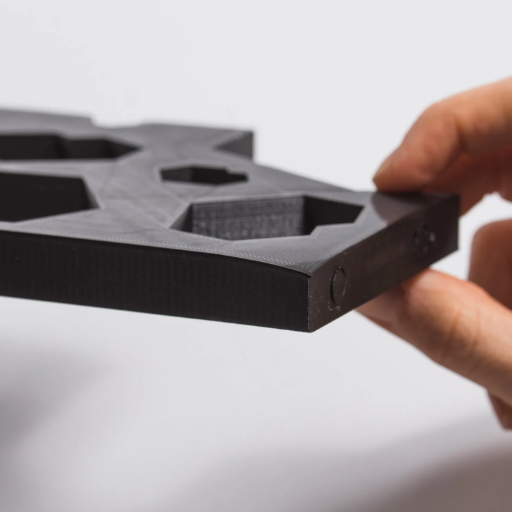
- Mechanical Properties
ABS will have more strength and more mershin than PLA. The applications where impact resistance and long-term structural integrity are prerequisites are in the ambit of ABS. PLA, in turn, being somewhat more brittle and less mershin, has a higher tensile strength that can be of use in applications where rigidity is favored over flexibility.
- Heat Resistance
ABS is more thermally stable and will not re-form at elevated temperatures, as the products are being placed under heat. Hence, it finds use in automotive parts, etc. PLA has a relatively low glass transition temperature, and it begins to soften and deform prematurely even under a little heat, hence limiting its scope in high-temperature environments.
- Ease of Printing
PLA melts at a lower temperature and almost reliably would not warp, hence easy to print; this makes PLA good for numerous makes of 3D printers. There is, though, a requisite of heated bed for ABS to be printed with temperature minimum fluctuations to avoid warping and cracking; through this way, the ABS presents smooth surfaces with more precise detail to the models.
- Environmental Impact
PLA is biodegradable, yet meteorically friendly on account of being derived from renewable sources, such as corn starch or sugarcane. ABS, being petroleum-based, is non-biodegradable and may be recycled only if proper infrastructure exists for such procedures.
- Cost Considerations
PLA is the cheaper alternative and is more common, especially for hobbyists and beginners on printing. ABS is slightly more expensive but mostly used in industrial or professional settings that require higher-performance materials.
Compare the Differences: ABS vs PLA
|
Parameter |
ABS |
PLA |
|---|---|---|
|
Material Source |
Petroleum-based, non-renewable |
Cornstarch or sugarcane, renewable |
|
Biodegradability |
Not biodegradable, recyclable if facilities exist |
Biodegradable under industrial conditions |
|
Strength and Durability |
High strength, impact-resistant |
Moderate strength, less impact resistance |
|
Flexibility |
Flexible, suitable for functional prototypes |
Rigid, prone to brittleness over time |
|
Heat Resistance |
High, withstands higher temperatures |
Low, deforms at lower temperatures |
|
Ease of Printing |
Requires higher temperature, enclosure recommended |
Easier to print, beginner-friendly |
|
Post-Processing |
Easily sanded, acetone vapor smoothing possible |
Limited post-processing options |
|
Odor During Printing |
Produces strong odor, requires ventilation |
Minimal odor, more pleasant |
|
Printing Surface |
Adhesion challenges, heated bed required |
Sticks to most surfaces, heated bed optional |
|
Cost |
Generally more expensive |
Affordable, readily available |
|
Environmental Impact |
Non-eco-friendly, contributes to plastic waste |
Lower impact, derived from renewable sources |
|
Applications |
Functional parts, prototypes, automotive |
Decorative models, low-stress applications |
Cost Analysis of Filament Types
Looking at the outright cost of PLA and ABS filament types, affordability remains a major focal point in user preference alongside application. PLA, cheaper to print, is generally in the $20 to $30 range per kilogram for a filament of moderate quality. Above-average or specialized forms of PLA, i.e., silk or glue wood PLA, however, would fetch prices well over $40 per kilogram. The accessibility and overall market distribution of PLA propel it towards being competitively priced and easily available all across both consumer and professional fronts.
ABS, on the other hand, is a smidgen pricier, with the common price bracket for regular types lingering between $25 and $35 a kilogram. A higher form of ABS boasting stronger properties for impact resistance or heat tolerance could send its price sliding northwards of $50 a kilogram. Such a price tag is justified whenever the material is put to strong application demands, such as automobile or engineering prototype work. Further, there are additional finishing costs incurred by ABS prints, including vapor smoothing, or a ventilated environment, due to the fumes that would certainly impose on overall project estimation.
Choosing the Right Material for 3D Printing
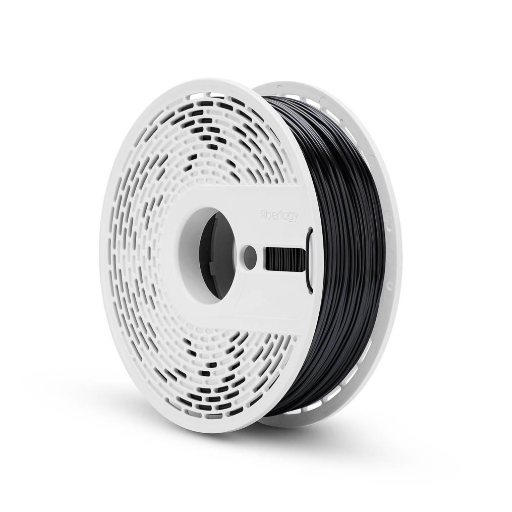
When picking the right material for your 3D printing needs, think first of your specific project’s requirements. Second, for the strength and resistance to wear of a functionality prototype or for end-use parts, ABS or nylon would be perfect. Third, for elegance, PLA is smooth to the touch and easy to post-process. Fourth, TPU and polycarbonate are your choices for those demanding niche applications requiring flexibility under heat. Consider strength, heat resistance, flexibility, and cost while deciding upon your materials, and, of course, contemplate if your printer can support those materials. Always go for the one whose manufacturer’s specifications ideally fit your own project requirements.
Practical Advice for 3D Printing with ABS
When attempting to print with ABS (Acrylonitrile Butadiene Styrene), it is imperative to develop certain strategies to ensure print success and lessen the risks associated with any of the challenges. One consideration involves temperature. Thermoplastic ABS requires a fairly constant reading temperature in roughly the region of 220°C to 250°C, according to the specification of the filament. An enclosed or heated chamber should basically be maintained throughout the prints because uneven cooling will cause warping, and ABS is quite prone to such shrinkage through heat.
The heated build plate is one of the promoters of the ABS under good print conditions. Roughly about 90°C and 110°C is the temperature required for the build plate to stick firmly enough to avoid any chances of lifting or curling at the edges. An adhesion aid such as an ABS slurry, glue stick, or bed adhesives would assist in the first-layer adhesion.
Practical Advice for 3D Printing with PLA
Being easy to use, having relatively low printing temperature, and being biodegradable make Polylactic acid (PLA) a very accepted 3D printer substance. It is of huge importance to understand the particular needs and properties of the material before printing. PLA usually prints well at a temperature of 190-220°C. It can also be useful to have the heated bed between 50°C and 60°C, depending on the print. You may not even have to heat the bed when you have a surface ready for adhesion, such as painter’s tape or PEI sheets. Providing the right storage conditions for PLA filament is the foremost requirement; being hygroscopic, it readily absorbs moisture from the air, leading to brittleness and inferior print quality. Storing in an airtight container along with desiccants, or drying it in a filament dryer, would go a long way towards preserving the filament. Cooling is another factor; good cooling raises the quality of surface finish and precision of overhangs or bridges.
Industry Trends and User Insights
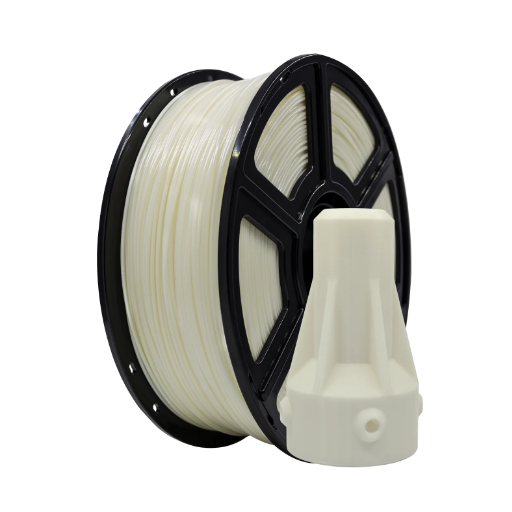
Its eco-consciousness and ease of use have allowed PLA steadily gaining adoption and greater endorsement in additive manufacturing. PLA has been increasingly used by industries for prototyping and manufacture of consumer goods as it compromises well with cost and performance. Recent trends include developments toward improving the mechanical properties of PLA in composite form with either carbon fiber or metal particle inclusions, catering to applications with higher requirements for strength or conductivity.
Advancements in Material Technology
In the field of materials technology, PLA formulations have gained the possibility of modification and enhancement of their performance characteristics, and accordingly have a more extensive possibility of applications. Recent developments concern high-temperature PLA materials, which can be used in elevated temperature environments that were a restriction to the use of normal PLA; and impact-modified PLA blends, which have received acceptance for providing improved toughness and flexibility while still retaining their biodegradable properties. In another avenue, nanotechnology research has helped to create PLA composites with additives, such as carbon nanotubes or graphene, that drastically enhance strength, thermal conductivity, and electrical properties for specialized applications. These developments not only find more applications for PLA but also find a specific need in industries that require greater precision and durability in their materials.
Future of ABS and PLA in 3D Printing
The advancement in material engineering, sustainability, and thus changes in industry demands will largely chart the future for ABS and PLA in 3D printing. ABS, being a tough and heat resistant material, is being developed further with the aim of making it a greener option by virtue of lower emissions and higher recyclability. Chemical engineering of ABS is also underway to improve its layer adhesion and surface finish, thereby circumventing the two most common challenges faced while working with it in additive manufacturing.
Reference Sources
-
Tribological Studies of 3D Printed ABS and PLA Plastic Parts: This study analyzed the friction and wear behavior of 3D-printed ABS and PLA parts under various printing parameters. PLA showed higher dimensional deviations along the vertical axis compared to ABS. Read more
-
Study on Flexural and Tensile Behavior of PLA, ABS, and PLA-ABS Materials: Blends of PLA and ABS (e.g., 50% PLA and 50% ABS) outperformed pure PLA and ABS in tensile and flexural strength tests. PLA exhibited superior tensile strength, while ABS provided better ductility. Read more
-
Anisotropic Properties of 3D Printed PLA and ABS Plastics: The study revealed that the mechanical properties of 3D-printed PLA and ABS depend heavily on print orientation. Samples printed at 0° (parallel to tension) were the strongest, while those at 90° (perpendicular) were weaker due to weaker inter-layer bonds. Read more
Frequently Asked Questions (FAQs)
Q: What is the difference between PLA and ABS?
A: The difference between PLA and ABS mainly lies in their material properties and how they behave during the 3D printing process. PLA, or polylactic acid, is a biodegradable thermoplastic made from renewable resources like corn starch, making it an eco-friendly choice. In contrast, ABS, or acrylonitrile butadiene styrene, is a petroleum-based plastic known for its strength and durability. While PLA is easier to print and has a lower printing temperature, ABS has a higher glass transition temperature, making it more suitable for high-temperature applications. When choosing between the two, it’s essential to consider the specific requirements of your 3D printed parts.
Q: Is PLA or ABS better for 3D printing?
A: Choosing between PLA or ABS depends on the application you have in mind. PLA is often recommended for beginners as it is easier to print with and offers excellent detail. However, when it comes to durability and impact resistance, ABS is generally considered better than PLA. ABS can withstand higher temperatures, making it a preferred material for parts that will be exposed to heat. On the other hand, PLA is stiffer and can produce more aesthetic 3D printed parts, but it may be brittle compared to ABS. Ultimately, the choice should align with your project’s specific needs.
Q: How does PLA compare to ABS in terms of temperature resistance?
A: When comparing PLA to ABS, ABS has a higher glass transition temperature, which means it can endure higher temperatures without deforming. This makes ABS a suitable choice for applications that involve heat exposure, such as automotive parts or functional prototypes. PLA, while easier to print, tends to soften at lower temperatures, which could limit its use in high-temperature environments. If your 3D printed parts are likely to encounter heat, ABS may be the better option. However, for general-purpose printing, PLA’s lower printing temperature can be an advantage.
Q: What are the properties of PLA and ABS filaments?
A: The properties of PLA and ABS filaments vary significantly, influencing their applications in 3D printing. PLA is known for being easy to print, having a pleasant smell during printing, and being biodegradable, making it an eco-friendly option. In contrast, ABS is tougher and more impact-resistant, making it ideal for creating durable parts. ABS is also more flexible than PLA, but it is prone to warping and requires a heated bed for successful prints. For users looking to create strong, functional parts, ABS might be the superior choice, while those prioritizing printability might lean toward PLA.
Q: Can you print with PLA and ABS together?
A: While it is technically possible to print with PLA and ABS together, it is not commonly recommended due to their differing material properties. PLA and ABS have different thermal expansion coefficients, leading to potential warping and adhesion issues when combined. If you choose to mix the two materials, it’s crucial to adjust the printing settings accordingly, including temperature and bed adhesion methods. Some advanced 3D printers allow for multi-material printing, which can help achieve desired results, but for most projects, it’s advisable to choose one material based on the specific requirements of your 3D printed parts.






